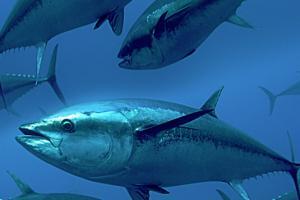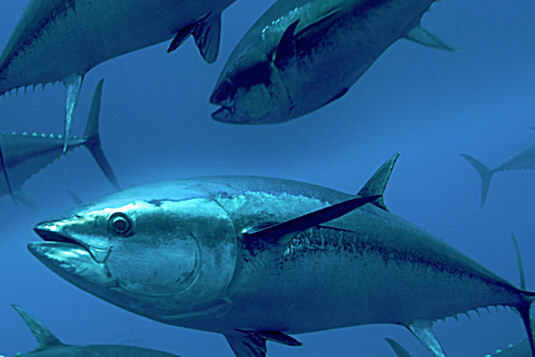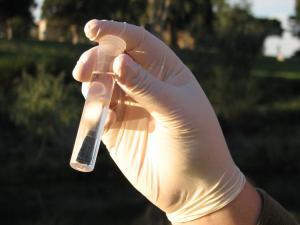
Fukushima Fish Safe to Eat
July 2014

Albacore Tuna
You may have heard media reports about concerns regarding fish contaminated by the Fukushima Daiichi nuclear power plant meltdown migrating to the North American west coast.
The truth is, scientists in British Columbia have found no noticeable radiation in fish on Canada’s west coast as a result of Fukushima and the Canadian Food Inspection Agency has found no cause for concern but continues to monitor the situation.
“The radiation levels we can attribute to Fukushima are essentially not visible,” Simon Fraser University nuclear scientist Kris Starosta recently told Global News.
“What I do see is effects from the weapons tests and natural radiation. That has been there before Fukushima.”
Even North American studies that have found some contamination related to Fukushima has found those levels to be negligible.
A study this year by Oregon State University made a comparison that put some perspective on the fish fear factor.
The researchers found that while Albacore tuna caught off the coast of Oregon had elevated levels of radiation as a result of Fukushima, the increase was so minute that you would have to 700,000 pounds of the fish with the highest radiation levels just to get the same dosage as you would going about your day-to-day life over a year.
“A year of eating albacore with these cesium traces is about the same dose of radiation as you get from spending 23 seconds in a stuffy basement from radon gas, or sleeping next to your spouse for 40 nights from the natural potassium-40 in their body,” Delvan Neville, a graduate research assistant in the Department of Nuclear Engineering and Radiation Health Physics at Oregon State University and lead author on the study, said in a press release.
“It’s just not much at all.”



